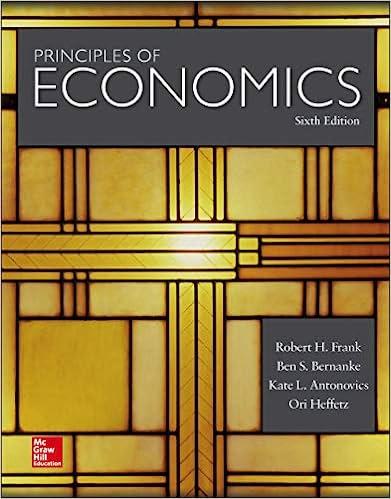1. (1 points) In Year 0, prepandemic, would you consider this person healthy? Why or why not? 2. (12 points) Write down the person's utility function across both periods of time. How will they allocate their time and money in order to maximize their utility over this period? Find the person's Choice of TJV , va , TDZ, T12 , Mo, and M1 as a function of the local area infection rate, \"yo and/or 71. How much healthy time, hl, will they have in period 1? What will be their utility over this time period? 1In the notation in the lecture slides, 70 : VD, i.e.1 health depreciation is exactly equal to the local infection rate, i.e., we are assuming that without countermeasures, this person experiences average risk of infection for their area through activiti- in their daily life. Note that as discussed in class, by putting this decision in a Grossman framework we are engaging in an important abstraction: we are modeling the COVID risk as deterministic rather than probabilistic. A richer model would represent the probability of different scenarios directly and a person would make decisions based on the empected. value of their decisions' outcomes; we engage in this simplication to make our problem tractable. Hint: the key to solving this problem is to start with the baseline model discussed in class, and,r rst iecognize the consumer will choose to set many quantities in that model to zero. It's probably easiest to work backwards from period 2, reasoning through the consumer's choices. 3. {5 points) Interpret in words how this person is making health decisions regarding the risk of contracting the novel coronavirus. Do you think their life has been substantially altered by the pandemic? 4. (Bonus question 5 extra points) Some people are very impatient and have a low discount factor. For what range of discount factors will people of the above type engage in no countermeasures, only choosing to consume leisure in every period, even though that means they are suffering from coronavirus in the second period? What about people who have the same discount rate as above (6 : 0.9) but who have a lower wage below what wage would people of the above type engage in no countermeasures? Comment briey on the result. 6. (5 points) Suppose that a person with 5 : 0.95 a cautious type and 6 : 0.7 an impatient type became roommates. If the local infection rate is V0 : 0.05 as in the previous question, what would be the probability of one or both of the roommate pair becoming infected with coronavirus? What about if two people with (5 : 0.7 are paired together? What about if two people with 6 = 0.95 are paired together? If one roommate becomes infected with the coronavirus, the other is very likely to be as well. If a cautious type is paired with an impatient type, how might each adjust their behavior? What about if a cautious type is paired with another cautious type, or an impatient type is paired with another impatient type? (You do not need to do calculations here; just provide informed commentary.) Comment on the type of \"market failure\" that could emerge between two roommates. What are two potential xes to this market failure? 1 Grossman Model (35 points) Consider a simple model of a person making decisions about their health over 2 periods during the worldwide novel coronavirus pandemic. For convenience, you can represent each period as one year; call the rst period Year 0 (pre- pandemic) and the second period Year 1 {post-pandemic). Suppose they start with an initial stock of health capital H0 2 l. In both periods they happen to only care about leisure, Zt, and so their utility function takes the form U: = Z;. They have a discount factor of :5 = 0.9. The only health risk they face is that of contracting the novel coronavirus. We model this by stating that their health evolves according to the following equation: H1 = H00 '70) + In health depreciation, 70, is determined by the local area infection rate, and is between 0 and 1, 70 E [O,1].E| It, health investments, are countermeasures that can help the person avoid contracting the disease. We will assume for the moment that countermeasures to avoid contracting the disease 7 purchasing masks, getting grocery delivery, etc. i are goods that are purchased (i.e., It is only a function of Mt, not a function of TtH ), and have a price normalized to P: = $1. Their production function for health investment It is given by the following equation: Mt _ $19,500 (1) Leisure is obtained by playing video games that they already own, and so their production function for leisure is dependent only on time spent, i.e., It 2. =TE (2) The relationship between healthy hours in a year, ht, and health, Ht, is determined according to the function ht : 8, 760 *Ht, where 0 g H, g 1 (3) Note that the maximum number of healthy hours in a year is (365 a: 24 :) 8,760, and the minimum number of healthy hours in a year is 0 (because otherwise, you're dead). So H; E [0, 1], i.e., cannot be less than 0 nor greater than 1. Finally, note that the wage available to them in both periods is m = $15 per hour









